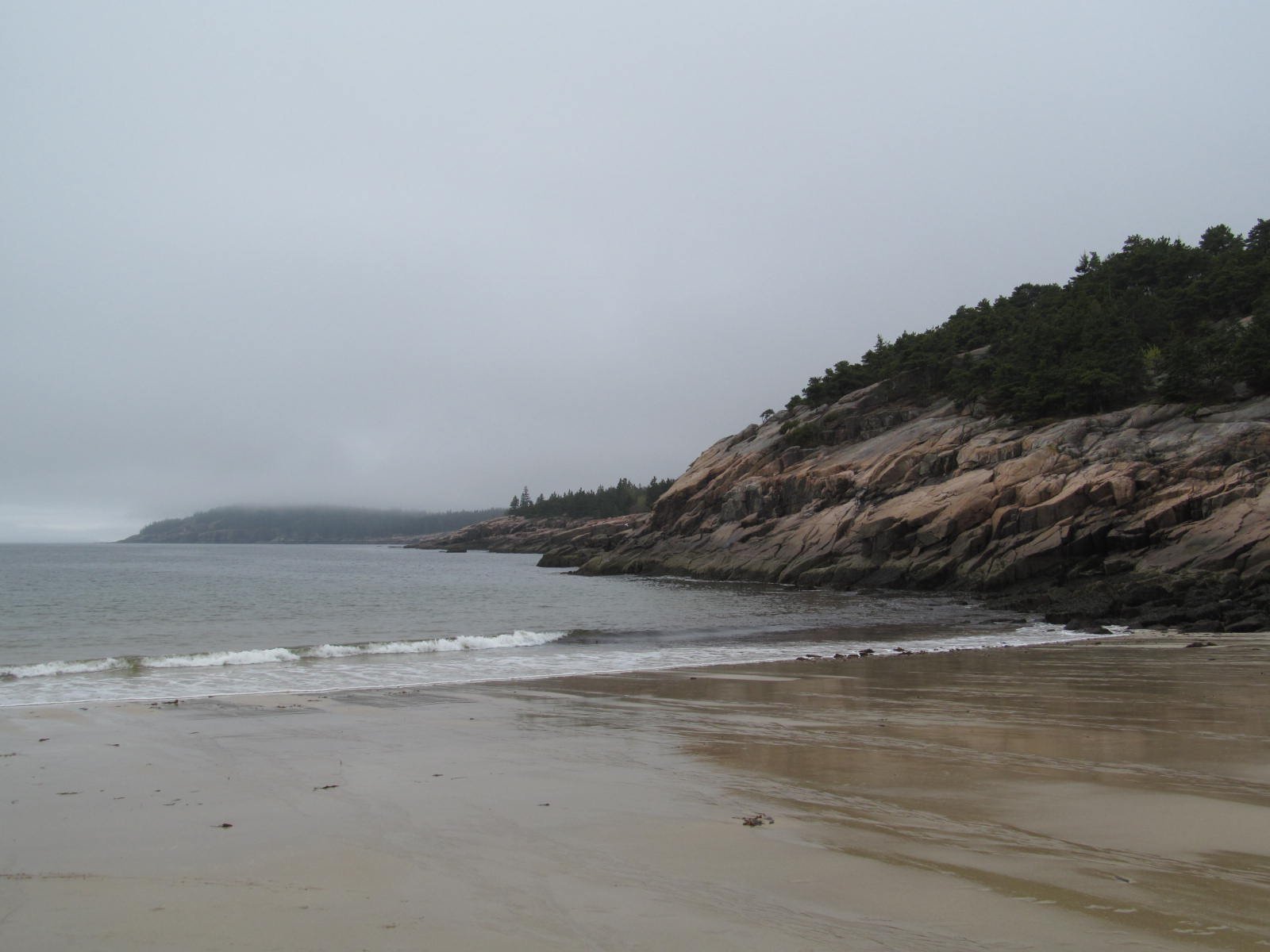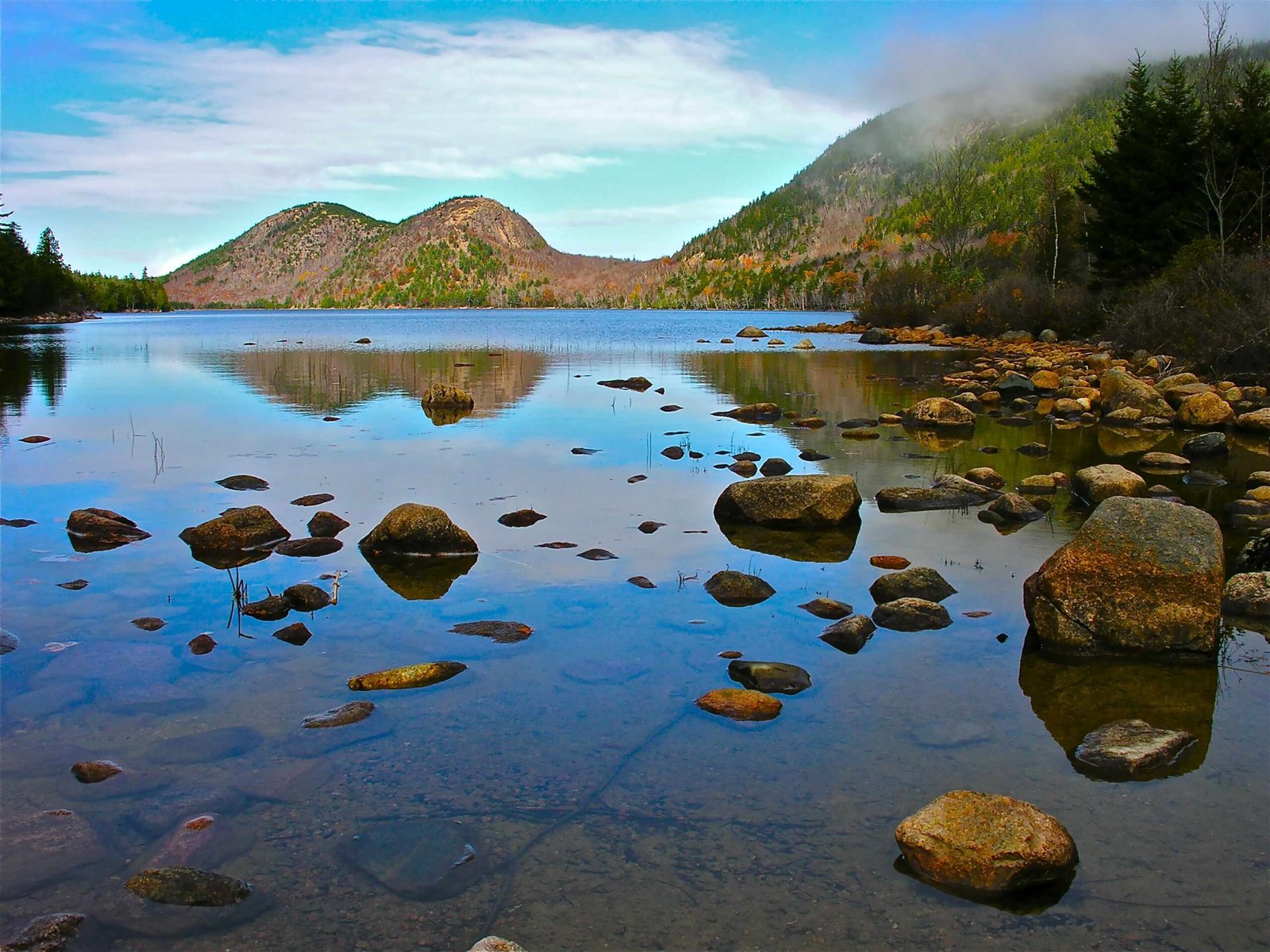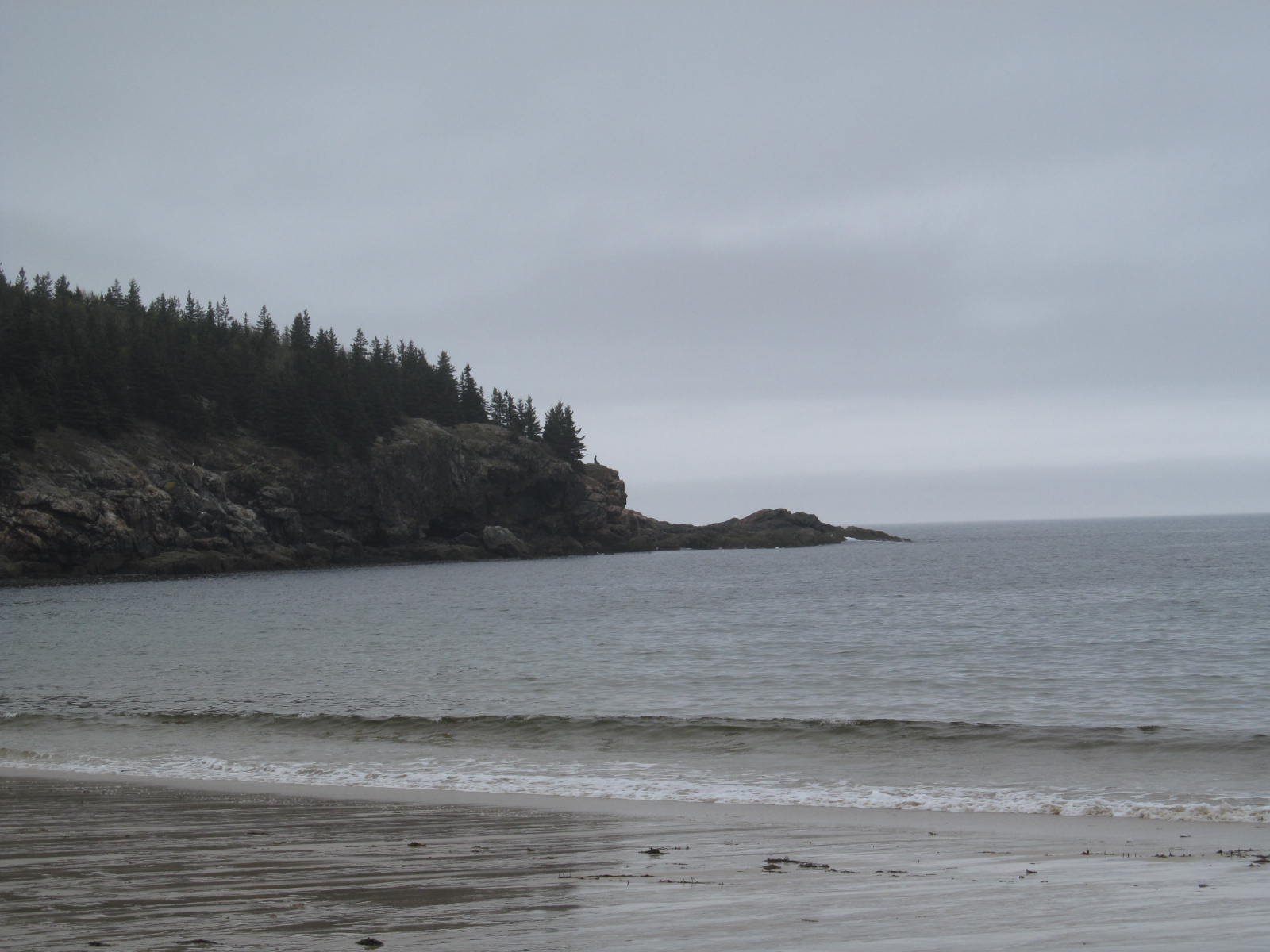Acadia National Park, located in Maine, is home to a diverse array of tree species, ranging from towering conifers to colorful deciduous trees. This comprehensive guide provides detailed information on tree identification, common species, seasonal changes, and viewing opportunities within the park. Whether you’re a nature enthusiast, a casual visitor, or a budding botanist, this guide will help you navigate and appreciate the rich forest ecosystems of Acadia.
What Are the Key Tree Identification Techniques for Acadia National Park?

Conifer Identification
Conifers are evergreen trees that dominate much of Acadia’s landscape. Here are some key species and their identifying features:
- Red Spruce (Picea rubens)
- Needles: 1/2 to 1 inch long, stiff, and four-sided
- Cones: Asymmetrical, 1-2 inches long
- Bark: Thin, grayish-brown, and scaly
-
Habitat: Dominant in coastal forest canopies
-
White Spruce (Picea glauca)
- Needles: 1/2 to 1 inch long, flexible, and four-sided
- Cones: Symmetrical, 2-3 inches long
- Bark: Grayish-brown, scaly
-
Habitat: Common along the ocean front
-
Balsam Fir (Abies balsamea)
- Needles: Flat, 1-2 inches long, arranged horizontally along the stem
- Cones: Upright, 4-6 inches long
- Bark: Gray, smooth, becoming scaly with age
-
Habitat: Dark, dense forests
-
Eastern Hemlock (Tsuga canadensis)
- Needles: Flat, 1/2 to 2/3 inch long, arranged horizontally
- Cones: 3/4 inch long, oblong, hanging straight down
- Bark: Reddish-brown, scaly
-
Habitat: Shady areas, providing important wildlife habitat
-
Northern White Cedar (Thuja occidentalis)
- Needles: Scale-like, 1/4 inch long, arranged in flat sprays
- Cones: Small, 1/2 inch long, oblong
- Bark: Reddish-brown, fibrous
- Habitat: Near water, known for durable wood
Deciduous Tree Identification
Deciduous trees in Acadia offer a spectacular display of colors, especially during fall. Here are some common species:
- Yellow Birch (Betula alleghaniensis)
- Bark: Distinctive brassy or golden
- Leaves: Simple, alternate, 2-5 inches long, doubly serrated
- Habitat: Open areas and denser stands
-
Fall color: Yellow to golden
-
Gray Birch (Betula populifolia)
- Bark: Gray, does not peel in thin layers
- Leaves: Simple, alternate, roughly triangular, 2-4 inches long
- Habitat: Areas where other trees have yet to take root
-
Fall color: Yellow
-
Canoe Birch (Betula papyrifera)
- Bark: White, peels in thin layers
- Leaves: Simple, alternate, 2-5 inches long, doubly serrated
- Habitat: Rich soils along streams and lake margins
-
Fall color: Yellow
-
American Beech (Fagus grandifolia)
- Bark: Smooth, grayish-brown, mottled texture
- Leaves: Simple, alternate, 2-5 inches long, wavy margins
- Habitat: Common in deciduous forests
-
Fall color: Golden-bronze
-
Hop Hornbeam (Ostrya virginiana)
- Bark: Grayish-brown, thin, rough, forming loose longitudinal strips
- Leaves: Simple, alternate, 2-4 inches long, doubly serrated
- Habitat: Cool, shaded environments
- Fall color: Yellow to orange
What Are the Common Tree Species in Acadia National Park?

Acadia National Park hosts a variety of tree species, each adapted to specific habitats within the park. Here’s a table summarizing some of the most common species, their scientific names, average heights, and preferred habitats:
| Common Name | Scientific Name | Average Height | Habitat |
|---|---|---|---|
| Red Spruce | Picea rubens | 50-80 feet | Coastal forests |
| White Spruce | Picea glauca | 50-80 feet | Ocean front |
| Balsam Fir | Abies balsamea | 40-60 feet | Dark, dense forests |
| Eastern Hemlock | Tsuga canadensis | 50-80 feet | Shady areas |
| Northern White Cedar | Thuja occidentalis | 30-60 feet | Near water |
| Yellow Birch | Betula alleghaniensis | 60-80 feet | Open areas and denser stands |
| Gray Birch | Betula populifolia | 20-40 feet | Areas where other trees have yet to take root |
| Canoe Birch | Betula papyrifera | 50-70 feet | Rich soils along streams and lake margins |
| American Beech | Fagus grandifolia | 50-80 feet | Deciduous forests |
| Hop Hornbeam | Ostrya virginiana | 20-40 feet | Cool, shaded environments |
When Are the Best Times for Seasonal Tree Viewing in Acadia?
Acadia National Park offers unique tree viewing experiences throughout the year. Here’s a seasonal breakdown:
- Fall Foliage (September to October)
- Peak time for vibrant colors
- Deciduous trees like birches and beeches display yellow, orange, and bronze hues
-
Best viewing locations: Park Loop Road, Cadillac Mountain, and carriage roads
-
Winter (December to February)
- Evergreen conifers stand out against snow-covered landscapes
-
Serene views around Jordan Pond and forest trails
-
Spring (March to May)
- Deciduous trees begin to leaf out
-
New growth visible along forest trails, lakes, and streams
-
Summer (June to August)
- Full foliage provides a lush canopy
- Best viewed in shaded forests and coastal areas
What Is the Historical and Ecological Significance of Acadia’s Trees?
Acadia’s trees play crucial roles in both cultural heritage and ecological systems:
- Wabanaki Heritage
- The Ash tree holds particular importance in Wabanaki culture and crafts
-
Wabanaki people have lived in harmony with these forests for generations
-
Ecological Importance
- Eastern Hemlock and Northern White Cedar provide vital wildlife habitats
- Trees support a diverse range of plant and animal species
How Can Visitors Best Experience Acadia’s Trees?
To fully appreciate Acadia’s tree diversity, consider the following:
- Accessibility and Facilities
- Park Loop Road: 27-mile scenic drive showcasing various tree species and habitats
- Cadillac Mountain: Offers panoramic views, especially during fall foliage
- Carriage Roads: 45 miles of roads ideal for walking, biking, or carriage rides
-
Parking available at trailheads and scenic overlooks
-
Educational Programs
- Ranger-led programs: Free or low-cost nature walks and tree identification tours
- Island Explorer Shuttle: Free service providing access to different park areas
- Educational materials available at the visitor center
By following this Acadia National Park tree guide, visitors can gain a deeper appreciation for the diverse forest ecosystems that make this park a natural treasure. Whether you’re interested in identifying specific species, understanding ecological relationships, or simply enjoying the beauty of the changing seasons, Acadia’s trees offer something for everyone.

